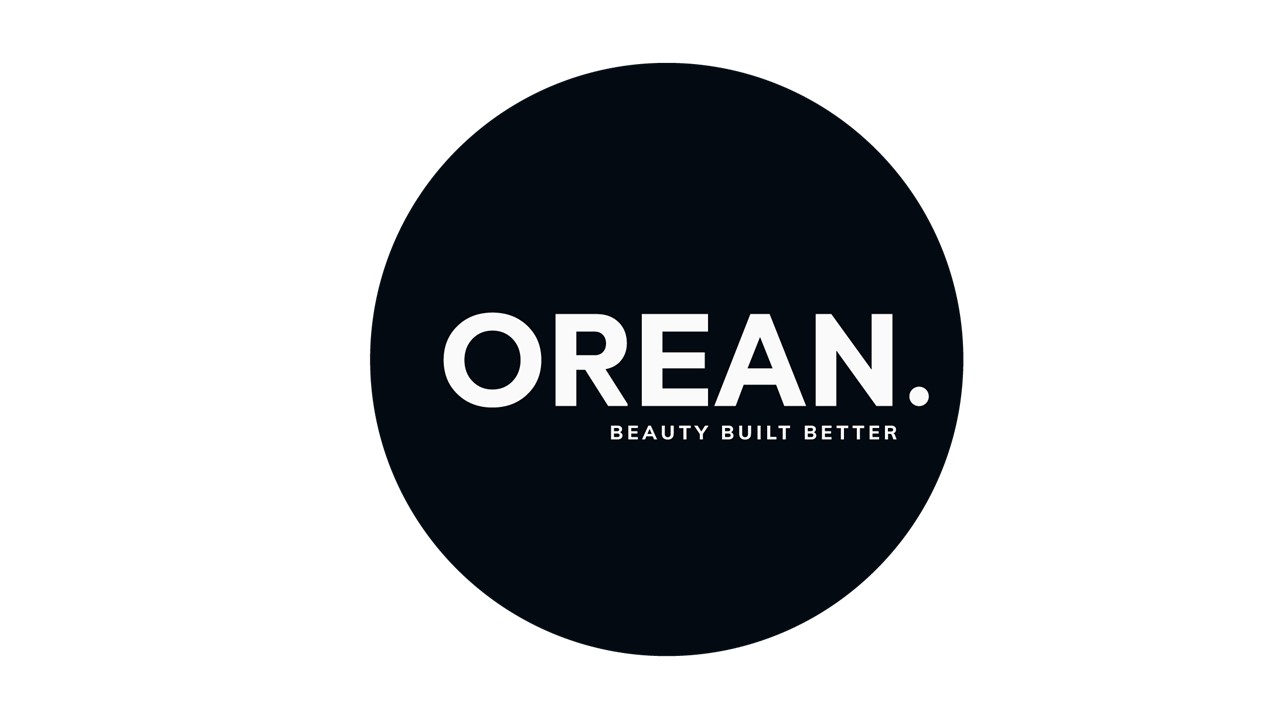Colourful Codes Help the Visually Impaired
A new, colourful, type of QR barcode is helping visually impaired people live better by identifying products in shops and allowing access to health information about food is coming to the UK.

QR barcode is helping visually impaired people live better

A new, colourful, type of QR barcode is helping visually impaired people live better
A new, colourful, type of QR barcode is helping visually impaired people live better by identifying products in shops and allowing access to health information about food is coming to the UK.
Developed by Spanish researchers at the University of Alicante, in partnership with start-up NaviLens, has previously used the technology on public transport systems and museums across Spain and on The New York City Subway system. The technology is now being brought to the UK by cereal brand, Kellogg’s to give greater accessibility to its ingredient and nutritional information on the packaging.
The codes will be placed on all cereal boxes eventually, but the trial will begin with Special K boxes in January. A trial of the technology at Heathrow airport was also scheduled but delayed due to the pandemic.
Standard QR Code VS New System
Standard QR codes can be troublesome for visually impaired people as they require a near perfect scan using a reader. The new system also utilises a smartphone camera and a free app to scan the code but can scan from a distance up to 12 times farther (up to 12 meters) than a standard QR or barcode scan, requiring only 1/30th of a second to get a read, that is one frame from a moving lens. The app can scan codes while the camera is at any orientation and can register over 200 tags in a single frame. The phone does not need to focus and can scan tags at up to a 160-degree angle even while in motion.
All these features are beneficial for visually impaired users as they do not need to know precisely where they are placed and the NaviLens digital codes trigger audio notes, conveying a potentially limitless amount of information.
In addition to allergy warnings, the full range of information about ingredients, like fat and glucose content in foods can also be offered.
Although the technology has only been deployed on breakfast foods in the UK and in transportation systems internationally, the potential applications are much wider and can make everyday life more accessible for blind and visually impaired people.
NaviLens say this technology will make navigation and shopping more accessible to people with visual impairments. The company stated, “NaviLens helps make cities smarter and more inclusive. The capabilities of this code allow users to interact more easily and accessible with their environment in places such as subway stations, bus stops and museums or public buildings.”
Berkshire Vision's View
Includability Official Partner, Berkshire Vision has welcomed the use of this technology. They hope apps such as this will be the key for the visually impaired to live more independently.
Laura Mitchel, CEO of Berkshire Vision said, “This potential for technology such as this to foster the independence of people with sight loss is potentially limitless. We’re very excited about this latest development and see it as a first step towards making all products’ information labels accessible. People with visual impairments have as much need to understand what is in their food as the rest of society but for so long have had to rely on other people. For many, technology such as this can be the key to independence.”
This technology has the potential to be extended to the workplace too. We at Includability are asking our community – what are the potential applications for this type of technology in the workplace?
Are employers likely to swap current QR codes for accessible codes?
image credit: navilens
Related resources & events
Get all the latest, news, articles and guides to your inbox
Signing up for the Includability newsletter can be the first step to creating a more complete society. Periodically we will send our latest articles, events & guides from some of the most respected voices in the industry. We run a no-spam policy so you won't get 100's of unwanted messages from us.








.png)







